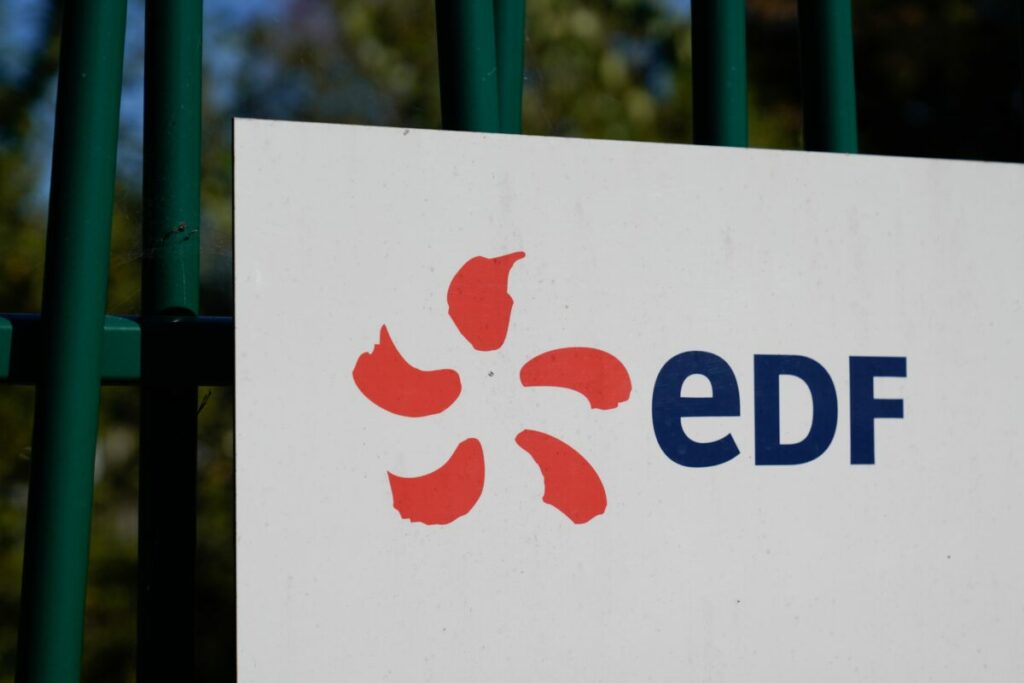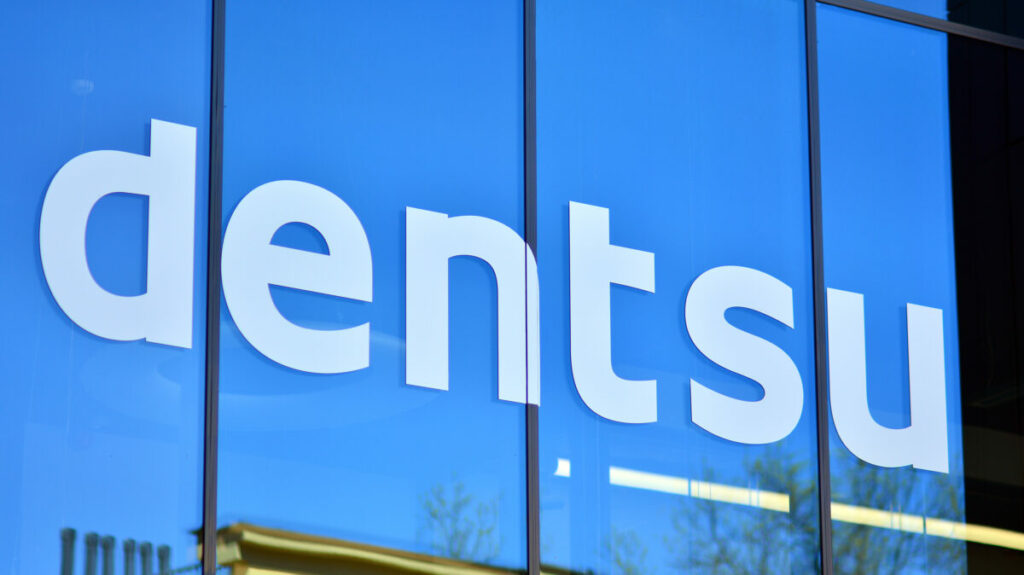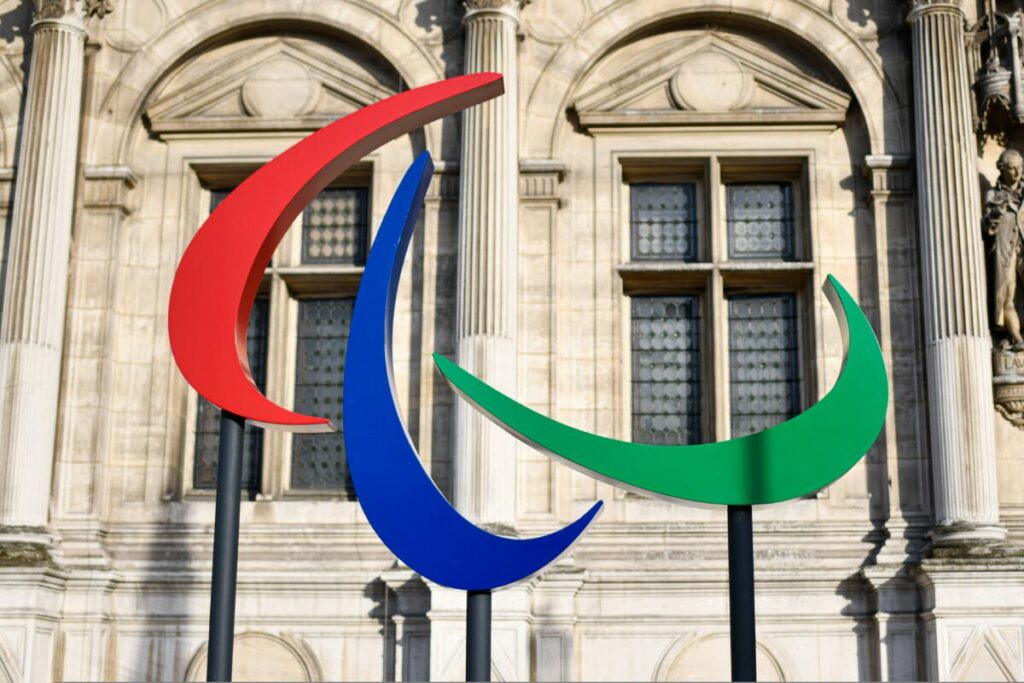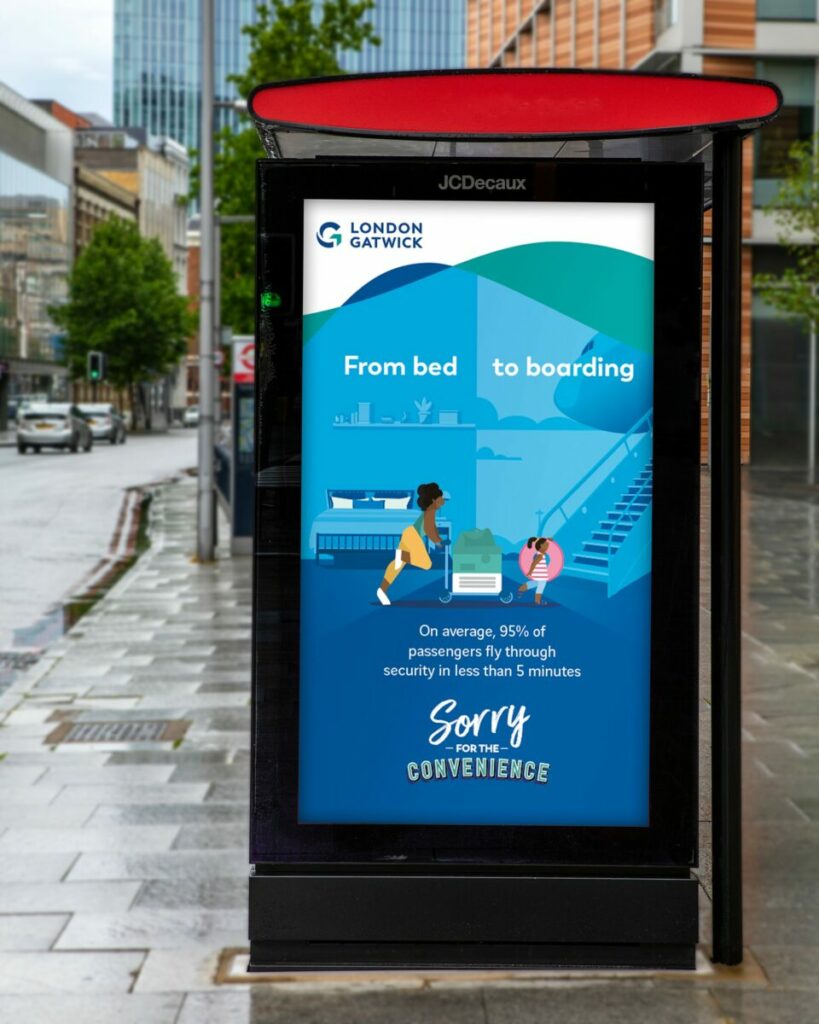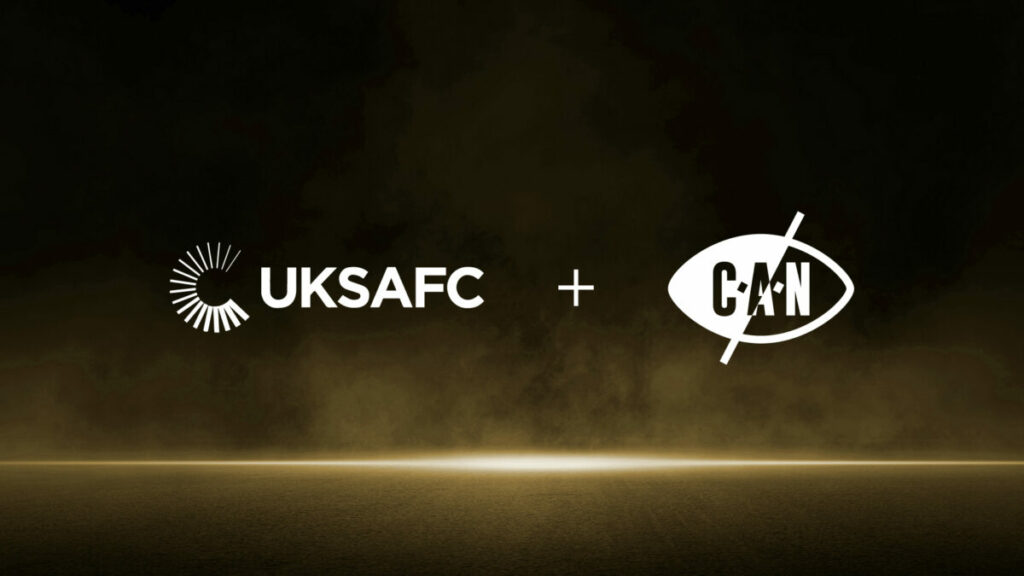Trouble in paradise? It would certainly seem so over the last few weeks as two of adland’s heavyweight celebrity couples acrimoniously split.
Both adam&eveDDB and Wieden + Kennedy walked away from their respective flagship clients John Lewis and Sainsbury’s after the retailers initiated creative reviews.
Objectively, the stats are damning – incumbent agencies electing to re-pitch have a success rate of less than 20%. In this light, it is perhaps unsurprising that both agencies have chosen to move on; under the probable assumption that both clients would favour a change in direction.
Notably of course, the cost of re-pitching for such a lucrative account would set alarm bells ringing at even the largest of agencies – and the process would no doubt be fiercely contested.
Speaking to a selection of industry experts, Marketing Beat examines the pitching process as a whole, why re-pitching probably isn’t a good idea – and asks just what went wrong between our high-profile divorcées?
Subscribe to Marketing Beat for free
Sign up here to get the latest marketing campaigns sent straight to your inbox each morning
By all accounts, the pitching process can be a gruelling one; often involving arduous, unpaid proposals, followed by a series of nail-biting presentations and so-called ‘chemistry meetings’ – all the while competing to make it through to the pitch proper.
Potentially lasting months and coming at great expense, pitches are high-risk, high-reward and can make or break an agency’s year, as Above + Beyond CEO, Matt Steward explains.
“Pitches are beautiful and exhausting, while simultaneously being a commercially and emotionally involved process,” he says.
“They are fascinating, life-affirming compact processes to question everything and build anything. But they come at a cost. Teams taken off paid work, obsessive reviews, long hours and profound questioning of the work, and ourselves.”
Highlighting the costly nature of these processes and the sheer amount of work involved in getting to the final pitching stage, BigSmall partner Matt Edwards argues that clients can only be justified in asking agencies to jump through this many hoops when the client is pitching a “big, retained piece of business with significant recurring annual agency fees,” – such as a John Lewis or a Sainsbury’s, for example.
The tendency for clients to demand time-consuming, unpaid projects has led agencies to rethink the way they operate. According to Edwards, many are now refusing to give away creative work for free in pitches for one-off projects or smaller accounts.
This wariness to enter into such a drawn-out, all-consuming undertaking serves as a clear indicator as to why agencies must think long and hard before entering the process, let alone think about re-pitching to a client that it had probably already dissatisfied in the first place.
In many instances then, when a client announces a non-statutory creative review – it signals an admission that something simply isn’t working. As a result, many agencies will choose to respectfully walk away – an understandable decision, given that less than 1 in 4 agencies taking the re-pitching plunge come out successful.
For Steward, these decisions are often driven by pride as much as pragmatism.
“For an agency to walk away from good revenue and an existing relationship is a big decision. And the right one. It’s a decision usually driven by pride, principle or pragmatism – and quite possibly all three. The pride of saying we value our work and worth not only feels good, but drives a powerful internal message. This agency is better than this. The principle is that we stand by our work, and our worth.”
Born Ugly senior provocation partner, Wander Bruijel believes that such breakdowns are inevitable, and are simply a symptom of a relationship running its course.
“At the beginning of the relationship, each party is willing to invest in making one another happy. But the longer the relationship lasts, the harder it can be to keep things on course,” he surmises.
“The agency becomes increasingly unable to retain the same level of excitement and talent for the account. What starts out as a blossoming romance risks ending up a resentful divorce.”
Not only does the re-pitching agency have a negligible chance of success, it will also have to contend with an atmosphere in which any trusting foundations built with the client have been all but washed away, essentially engaging in an exercise in futility.
Edwards points out that this makes it all the more “difficult for an incumbent agency to do their best work under those circumstances, as it’s the very opposite of working together in a trusted partnership”.
In light of this, it is perhaps unsurprising that two of the UK’s creative giants have chosen to walk away from such plum accounts. From the moment John Lewis and Sainsbury’s announced their respective creative reviews, the writing on the wall was unmistakeable for both agencies.
In some respects, this is much a bigger deal for adam&eveDDB – after all, their relationship with the historic retailer dates back 14 years and includes an astonishing portfolio of iconic Christmas ads forever etched into British pop culture.
Wieden + Kennedy’s divorce with Sainsbury’s after seven years might be less dramatic, but it is no less significant for the US agency, which has also produced a series of highly-popular festive films for the grocer.
In any case, both partnerships have been highly rewarding for agency and client alike, enabling each to expand and evolve as the relationships developed.
“In both cases, the agencies have built their reputations on a great body of work in partnership with their clients. These clients have enabled them to grow, develop, attract new business and attract talent. For both client and agency, these partnerships have been revolutionary. Both have benefited,” Bruijel says.
“But as time goes by, this benefit can be eroded and then it is time for something new. The trick to longevity is creating a relationship based on true partnership… a marriage that maintains its spark, not one that diffuses in boredom and acrimony.”
As two of the last decade’s most celebrated couplings draw to a close, it would seem that above all else, both agencies have made the right the call in choosing to walk away, electing to save face, secure in the knowledge the creative output of these partnerships have left indelible pop culture legacies.





